Tankless toilets have become a popular choice in modern homes, lauded for their sleek design, water-saving features, and overall convenience. However, like any plumbing fixture, they are not immune to issues that can affect their performance. In this comprehensive guide, we will delve into various tankless toilet problems and provide practical solutions to help you maintain optimal functionality.
Clogging Woes: Addressing the Blockage Dilemma
Clogging is a pervasive issue with tankless toilets, often attributed to the flushing of large items such as baby wipes, feminine hygiene products, or paper towels. To tackle this problem:
Solution: Exercise caution in what you flush down the toilet, restricting it to only toilet paper and human waste. In case of a clog, employ a plunger to dislodge the obstruction. If the issue persists, seek the assistance of a professional plumber promptly.
Running Water Woes: Navigating Leaks and Valve Malfunctions
Running water is another common woe with tankless toilets, caused by leaks in the mechanism or malfunctioning valves.
Solution: Initially, inspect the water supply line, ensuring it is fully open. If that’s not the culprit, scrutinize the toilet’s valve for proper functioning. If the valve is faulty, consider replacing it. In case of persistent issues, professional intervention is recommended.
Inconsistent Flushing: Tackling Sensor and Water Supply Hurdles
Inconsistent or non-existent flushing can be attributed to problems with the water supply or a malfunctioning sensor.
Solution: Begin by checking the water supply line, confirming it is fully open. If that’s not the cause, inspect the toilet’s sensor for proper functioning. A malfunctioning sensor might require replacement. If the problem persists, consult with a qualified plumber for an accurate diagnosis and repair.
Unusual Noises: Decoding Gurgles and Whistles
Unusual sounds emanating from your tankless toilet, such as gurgles or whistles, may indicate issues with the venting system.
Solution: Inspect the venting system for obstructions or debris. If clear, scrutinize the toilet’s trap or drain for any issues. If the problem persists, professional assistance is advised for further diagnosis and resolution.
Unpleasant Odors: Addressing Trap and Sewer Line Concerns
Foul smells from your tankless toilet might signify problems with the trap or sewer line.
Solution: Ensure the toilet’s trap is not dried out; if it is, replenish it with water. Persistent odors may indicate sewer line problems, necessitating professional inspection and potential replacement.
Water Pressure Woes: Diagnosing Supply Line and Valve Issues
Insufficient water pressure is a clear sign of trouble with the toilet’s supply line or valve.
Solution: Begin by checking the water supply line for full openness. If that’s not the culprit, examine the toilet’s valve for proper functioning. If the valve is malfunctioning, replacement may be necessary. If issues persist, seek the expertise of a professional plumber.
Tips for Preventive Maintenance
To ensure the longevity and optimal performance of your tankless toilet, consider implementing these preventive maintenance tips:
- Clean the Toilet Regularly: Employ non-abrasive cleaners for the bowl and soft cloths for the exterior to prevent clogs and unpleasant odors.
- Check the Water Supply Line: Regularly inspect the water supply line for openness and functionality. Address low water pressure by investigating leaks or clogs.
- Avoid Flushing Non-Flushable Items: Limit flushing to toilet paper and human waste, steering clear of items labeled as “flushable” wipes.
- Test the Sensor: Periodically test the toilet’s sensor to ensure it functions correctly, adhering to the manufacturer’s guidelines.
- Schedule Regular Maintenance: Establish a routine with a professional plumber for regular maintenance checks, addressing potential problems before they escalate.
FAQs Option
Regularly clean the toilet bowl and avoid flushing items that could cause clogs, such as sanitary products or excessive toilet paper.
Some minor leaks can be repaired DIY, but it’s recommended to seek professional assistance for more significant leaks to prevent further damage.
While they may require more attention to electronic components, the basic maintenance routine is similar to that of traditional toilets.
Initial installation costs may be higher, but ongoing maintenance costs are typically comparable to traditional toilets.
It’s recommended to schedule annual maintenance checks to ensure optimal performance and catch any potential issues early on.
Conclusion
While tankless toilets offer efficiency and convenience, occasional problems may arise. Understanding and addressing these issues promptly through proper maintenance can prevent further damage and costly repairs.


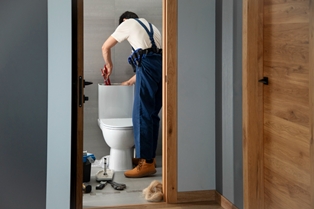
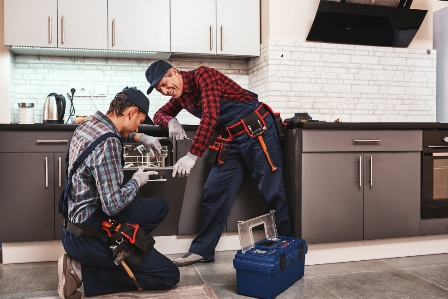
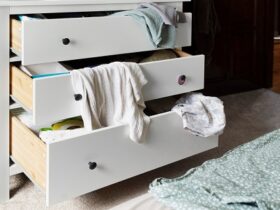

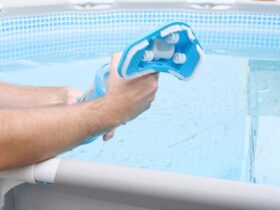

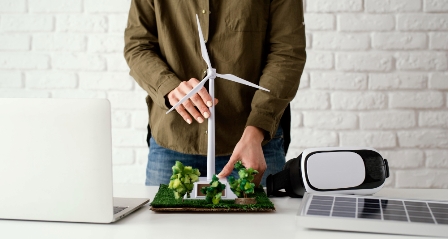
Find Us on Socials